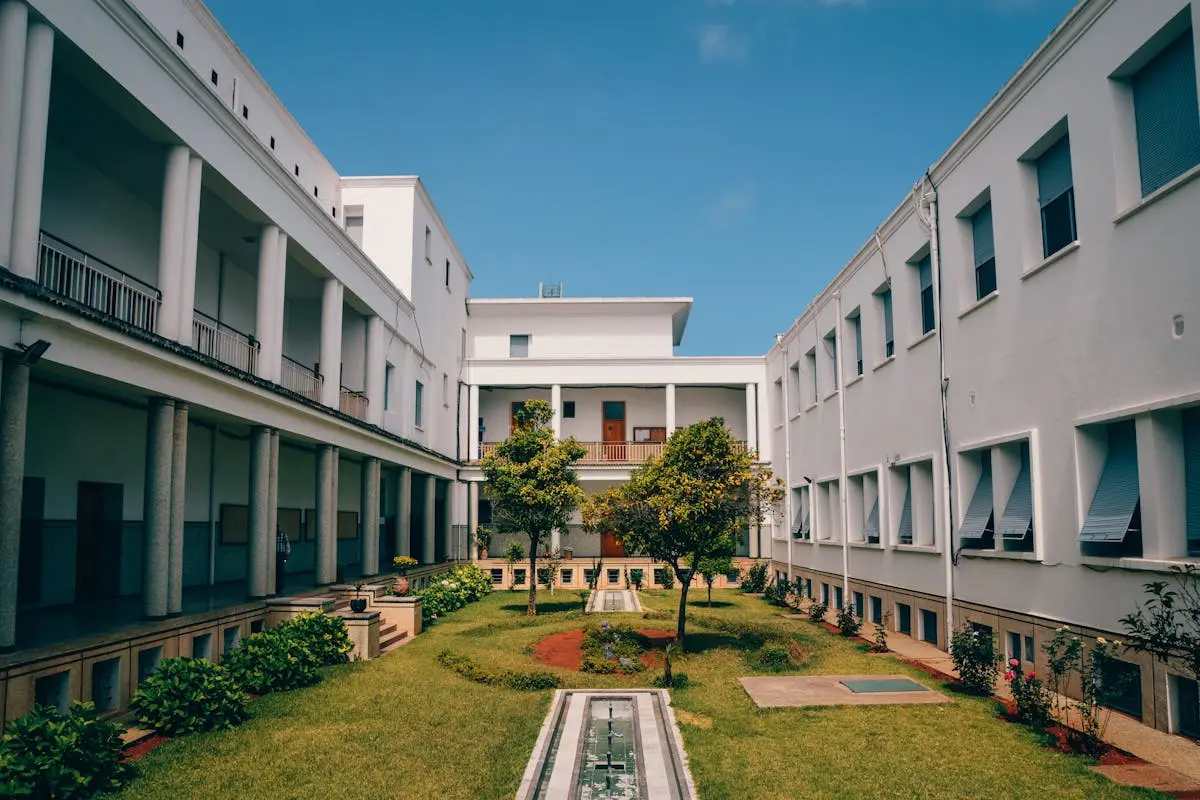Importance of planning a school painting project
Planning a school painting project is crucial for ensuring a smooth and successful outcome. Proper planning helps in determining the scope of the project, setting a realistic timeline, and allocating resources efficiently. It also allows for the identification of potential challenges and the development of solutions to address them. Effective planning can ultimately save time, money, and effort, ensuring that the school painting project meets its objectives while minimizing disruptions to the educational environment.

Benefits of school painting projects for educators
School painting projects can help educators create a more stimulating and inspiring environment for their students. The use of vibrant and engaging colors can enhance the overall aesthetic appeal of the school, making it a more welcoming and positive place for students to learn and grow. Additionally, school painting projects offer educators the opportunity to incorporate educational themes, inspirational quotes, and motivational messages on the walls, promoting a sense of pride and ownership among students. These projects can also be utilized as a collaborative and creative learning experience for both educators and students, fostering teamwork and a sense of community within the school.
Understanding the scope of a school painting project
School painting projects involve painting the interior and exterior of school buildings, including classrooms, corridors, and common areas. It is essential to consider the size of the project, the number of areas to be painted, and the type of paint required. Additionally, factors such as the condition of the existing paint, the need for repairs, and the timeframe for completion must be taken into account. Understanding the scope of a school painting project is crucial to ensuring that the project is planned and executed effectively, providing a fresh and inspiring environment for students and staff.
Choosing the right color scheme and paint types
When choosing the right color scheme and paint types for your school painting project, it’s important to consider several factors. Here are some key points to keep in mind:
- Consider the school’s branding and logo colors when selecting the color scheme for the project.
- Ensure that the chosen colors promote a positive and conducive learning environment for the students.
- When it comes to paint types, opt for high-quality, non-toxic paints that are durable and easy to clean.
- Take into account the specific requirements of different areas such as classrooms, hallways, and common areas when choosing the paint types.
By carefully considering these factors, you can ensure that the color scheme and paint types chosen for the school painting project contribute to a welcoming and inspiring atmosphere for both students and educators.
Budgeting for a school painting project
School painting projects can vary in cost depending on factors like the size of the area to be painted, the type of paint and materials needed, and whether any repairs or preparations are required. According to the National Association of Educational Procurement, a rough estimate for painting a school can range from (1.50 to )3.50 per square foot. It’s important to set aside a budget for unforeseen expenses and prioritize areas that need immediate attention. Consider getting quotes from multiple contractors to find the best balance between quality and affordability.
Safety considerations during a school painting project
It’s important to prioritize safety during a school painting project to ensure the well-being of everyone involved. Here are some key safety considerations to keep in mind:
- Use low-VOC or no-VOC paint to minimize exposure to harmful chemicals
- Ensure proper ventilation in the painting area to prevent inhalation of fumes
- Use non-toxic paint and materials to avoid any health risks, especially for children
- Provide protective gear such as masks, gloves, and goggles for both students and staff
- Keep the painting area well-organized and clear of obstacles to prevent accidents
Remember, safety should always be the top priority when planning and executing a school painting project.
Selecting the best time for a school painting project
Planning a school painting project during the summer break is often the best time. It allows for the completion of the project without disrupting the school’s normal activities. During the summer, there are no students, teachers, or staff present, making it easier for the painters to work efficiently without causing inconvenience. Also, the warmer weather facilitates the drying of the paint, ensuring a smooth and even finish.
Preparing the school for the painting project
Before starting your school painting project, it’s essential to prepare the school properly. Here are the key steps you need to take:
- Clear the area: Remove any furniture, fixtures, and equipment from the rooms or areas to be painted, and cover any items that cannot be moved.
- Repairing surfaces: Inspect and repair any damaged walls, ceilings, or other surfaces that will be painted. This includes patching holes, sanding rough areas, and ensuring a smooth, clean surface for painting.
- Floor protection: Cover floors with drop cloths or plastic sheeting to protect them from paint spills and splatters.
- Ventilation: Ensure adequate ventilation in the painting area by opening windows and using fans if necessary.
- Communication: Inform teachers, staff, and students about the painting schedule and any areas that will be inaccessible during the project.
Executing the school painting project
When executing a school painting project, it’s essential to plan and coordinate the project carefully to ensure a successful outcome. Here are some key points to consider:
- Preparation: Clear the area and protect surfaces from paint splatter and spills.
- Supplies: Gather all necessary painting supplies, including brushes, rollers, drop cloths, and high-quality, non-toxic paint suitable for school environments.
- Scheduling: Set a timeline for the project, considering school holidays or weekends to minimize disruption to classes.
- Safety: Ensure proper ventilation and provide protective gear for the painters, especially if working in enclosed areas.
- Quality control: Regularly inspect the work to maintain consistent quality throughout the project.

